I'm a Professional Garden Writer and These Are My 6 Must-Have Vining Plants – Plus 3 Aggressive Climbers to Avoid
There are lots of different options for flowering, climbing plants but after years of trial and error I found the best. Here are my favorite 6 perennial vines.

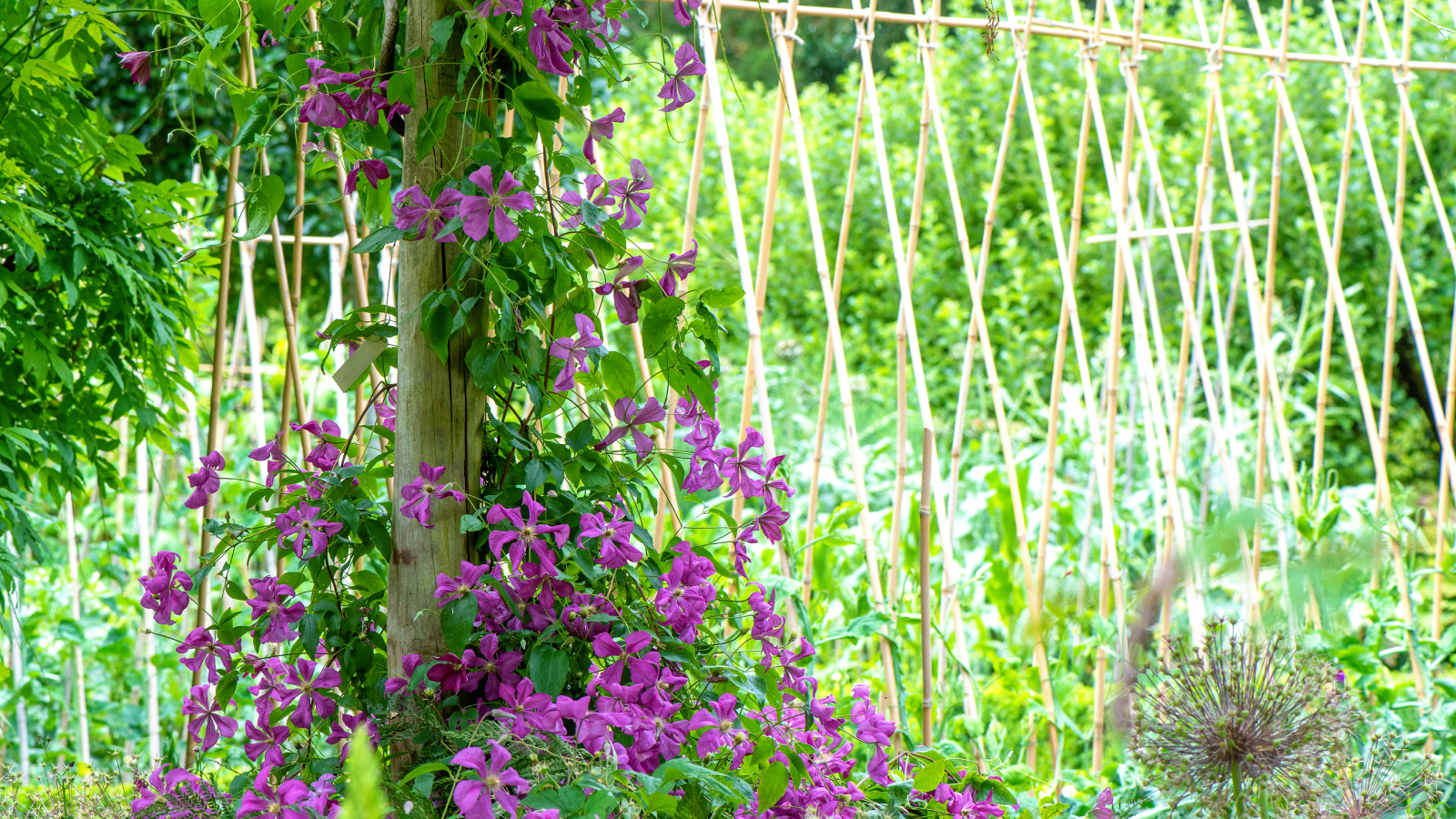
Climbing and vining plants are a wonderful way to incorporate vertical space into your gardens, especially if you have a small yard.
These beautiful vines can provide shade and vibrant flowers, and are also a source of nutrition for many different types of pollinators.
Growing deciduous vines that flower is a great option whether you want privacy in your yard, to cover a chain-link fence, or simply enjoy a new plant. Here are my favorite vines that will add a pop of elegance to your garden.
My Favorite Perennial Vining & Climbing Plants
Here are my top six must-have vining and climbing plants whose blooms will brighten up your patio, yard, or container garden.
1. Trumpet Honeysuckle
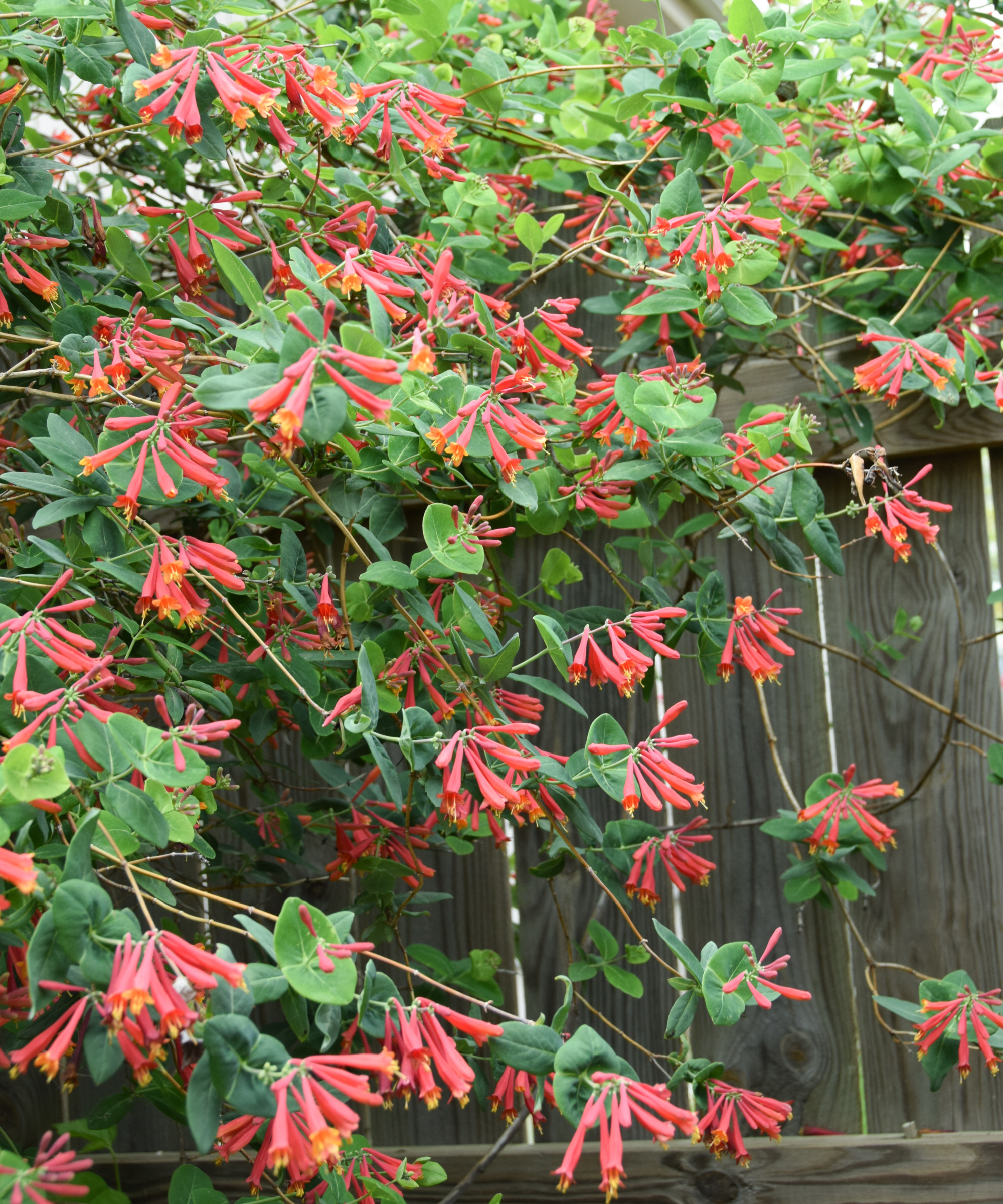
Trumpet honeysuckle (Lonicera sempervirens), also called coral vine, blooms from early spring to a hard frost, with coral, trumpet-shaped flowers. It’s a hands-down favorite of hummingbirds, and I always make sure I have one in my yard.
As most perennials do, it takes coral vine a couple years to get well established, but then it really takes off, so make sure it is resting on a sturdy trellis. Once it fills out, prune it in late winter before new growth starts, so the vines do not get so heavy.
Plant coral vine in a sunny spot in well-drained, rich soil in USDA zones 4 to 9, then sit back and wait for the hummingbirds to arrive. The gorgeous, red 'Major Wheeler' variety of trumpet honeysuckle can be purchased from Burpee.
Sign up for the Gardening Know How newsletter today and receive a free copy of our e-book "How to Grow Delicious Tomatoes".
2. Clematis
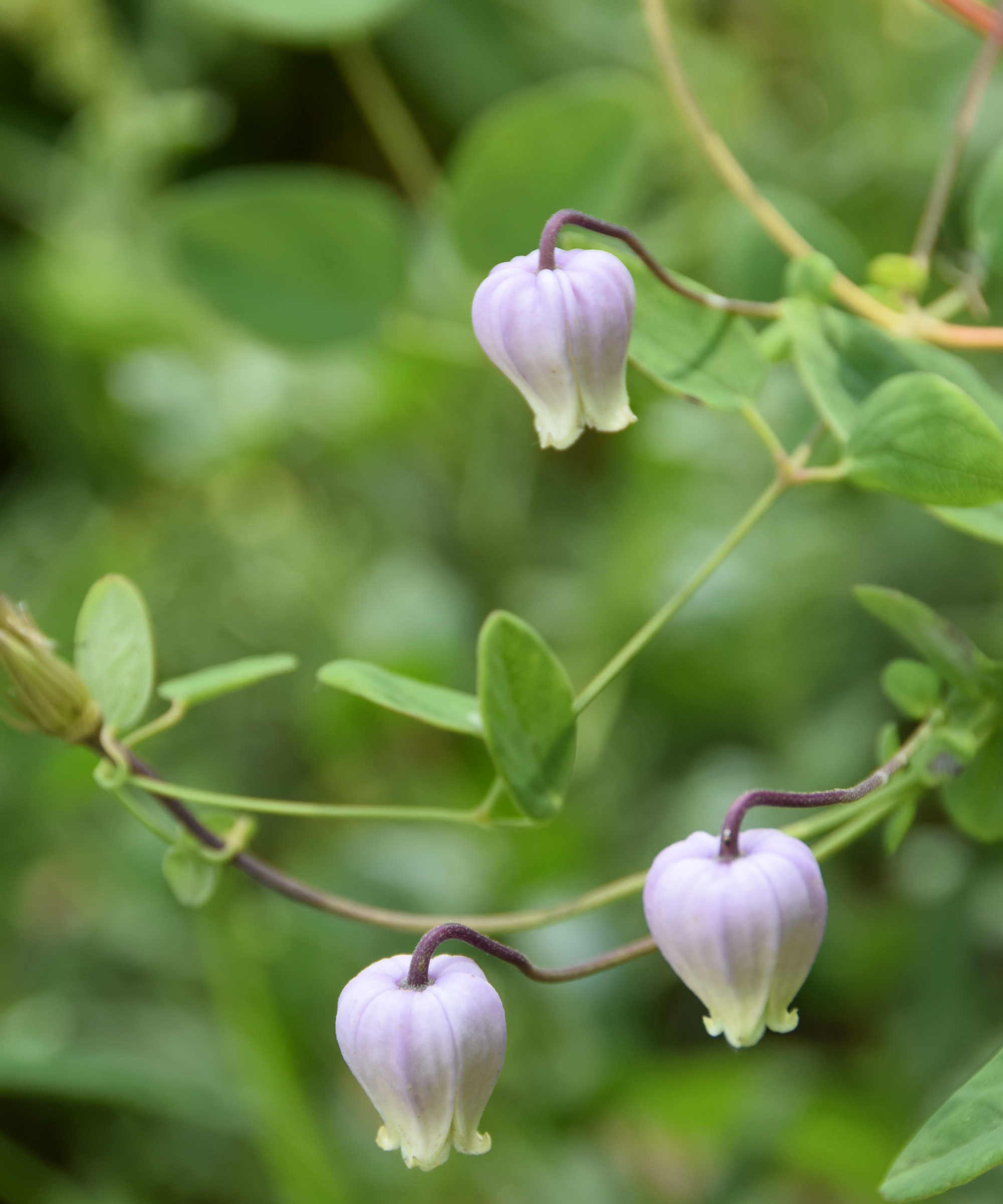
Clematis (Clematis spp.) blooms in spring, summer or fall depending on whether your plant is Type 1, 2, or 3. Clematis comes in all sizes and vivid flower colors such as purple, pink, red, yellow, or blue. If you plant one for each type, you could have clematis blooming all season!
Type 1 flowers on old wood, Type 2 flowers on old and new growth, and Type 3 blooms on new growth. Pruning varies for each type, too. They prefer full sun, but like their roots in the shade, so cover the ground with mulch or a groundcover plant.
They also take a couple years to get established and really start blooming. I love my native clematis (C. versicolor), its small lavender and white flowers are perfect for its container. It returns every year with its sweet, bell-shaped blooms, which are very different from the newer hybrids and cultivars which are mostly star-shaped. Clematis is generally hardy in zones 4 to 9. Home Depot has a lovely, light purple clematis that is sure to brighten up your landscape.
3. Bougainvillea
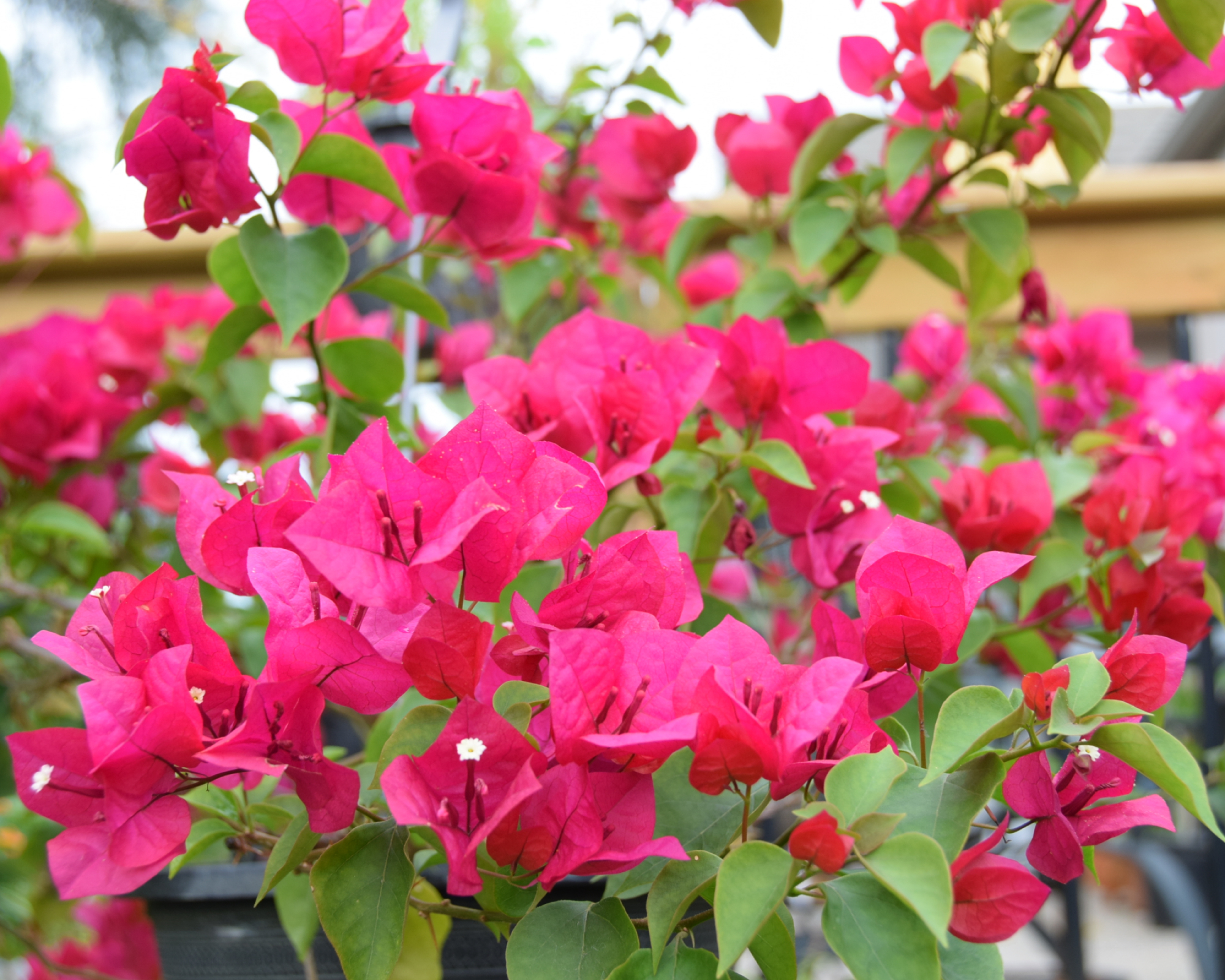
Bougainvillea (Bougainvillea spp.) makes my heart sing, particularly the cultivars with fuchsia-colored bracts. I love that vibrant pink color against the green, trailing foliage!
You can find cultivars with bracts in apricot, orange, white, yellow, purple, and red. I keep two in hanging baskets and I also am training one to grow as a shrub. I bring my bougainvillea indoors in the winter because it is only hardy from USDA 9b to 11.
Bougainvillea do not need a lot of pruning or water, but they require full sun to bloom at their fullest. They thrive on neglect once established. Watch out for thorns - they can take you by surprise when you are shaping the plant. You can find a gorgeous 'Majestic Purple' bougainvillea plant at Fast Growing Trees.
4. Climbing Rose
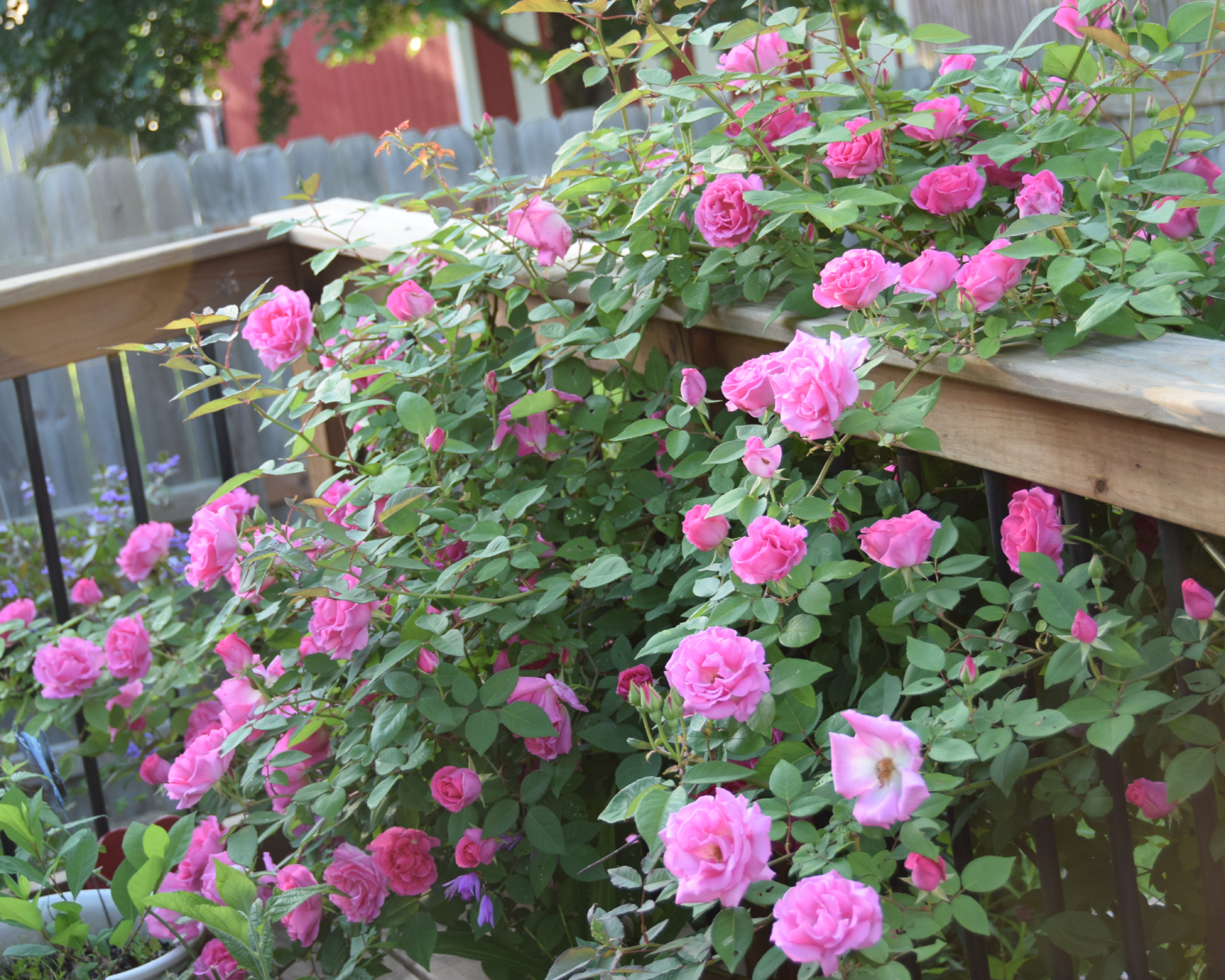
Everyone should have a climbing rose for its enticing scent and color! They do not grasp a support so you must tie them, but they easily grow up the side of your house, cover a fence, arbor, trellis, or other tall support.
Let them grow unpruned the first year, then during their second year, start tying the canes horizontally to its support system to encourage the side shoots or laterals, which bring the most blooms. They typically put on a showstopping display in spring, then sporadically the rest of the season.
Most climbing roses are hardy to USDA zones 5 to 10. Not all climbing roses produce a scent, so be sure yours does before purchasing. I love the deep red climbing roses but currently grow a thornless pink climber that covers my back deck railing. The Zephirine Drouhin climbing rose was developed in France in 1868 and is available from Jackson & Perkins.
5. American Wisteria
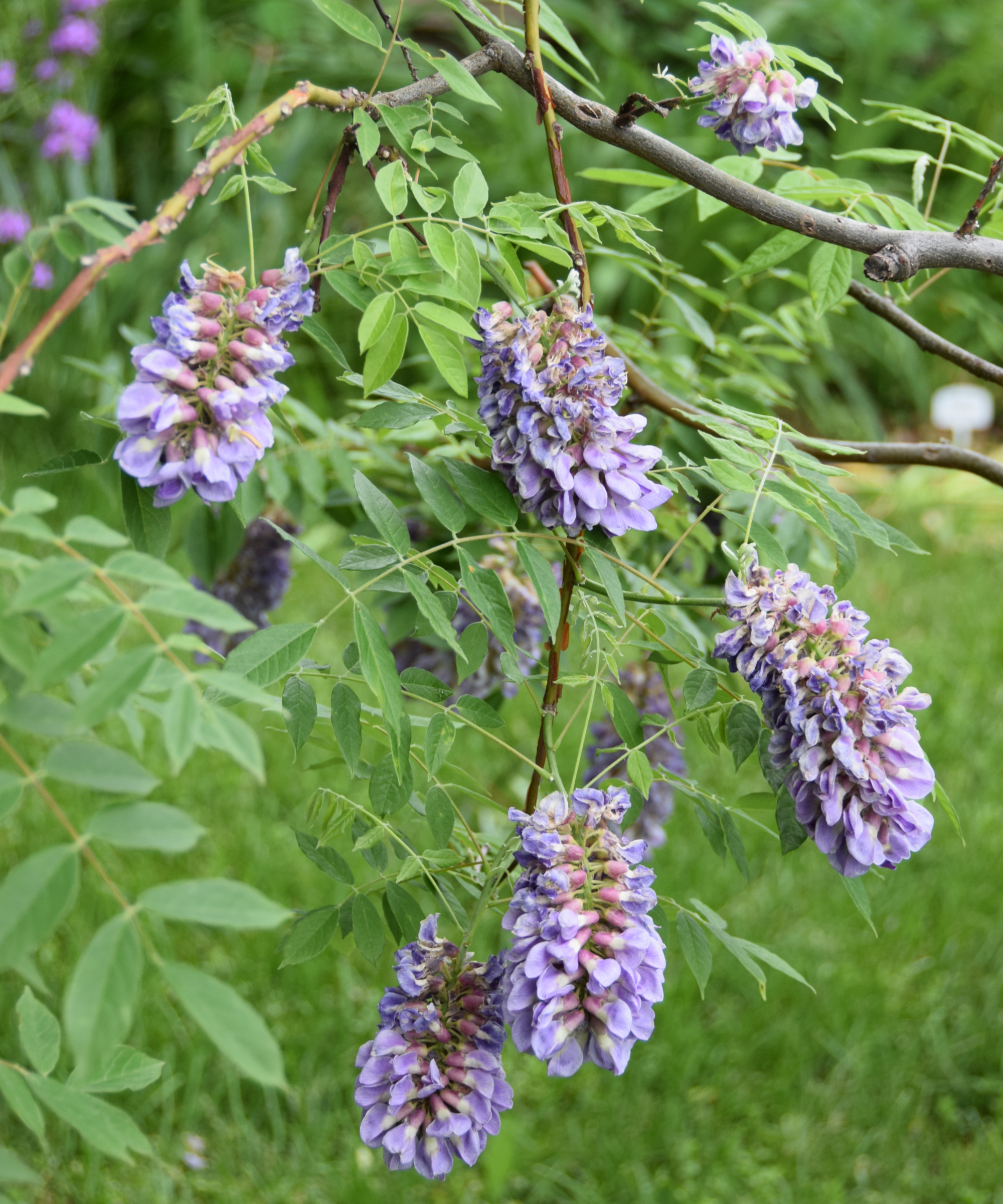
American wisteria (Wisteria frutescens) grows quickly with twining, deciduous vines that easily cover a fence, trellis, or arbor. I am training mine as a standard tree shape by tying it to a pole.
It blooms on new growth with fragrant, lilac or purple racemes. The flowers are not as long and droopy as the Asian types, but still showy. American wisteria is a tamer alternative to the rampant growth of the Chinese and Japanese wisterias which are considered invasive.
American wisteria attracts hummingbirds and the egg-laying females of two skipper butterflies. Don’t worry! The caterpillars don’t eat much! Grow it in full sun in USDA zones 5 to 9. The beautiful and fragrant 'Amethyst Falls' American wisteria can be purchased from the Gardening Know How Shop.
6. Passionflower
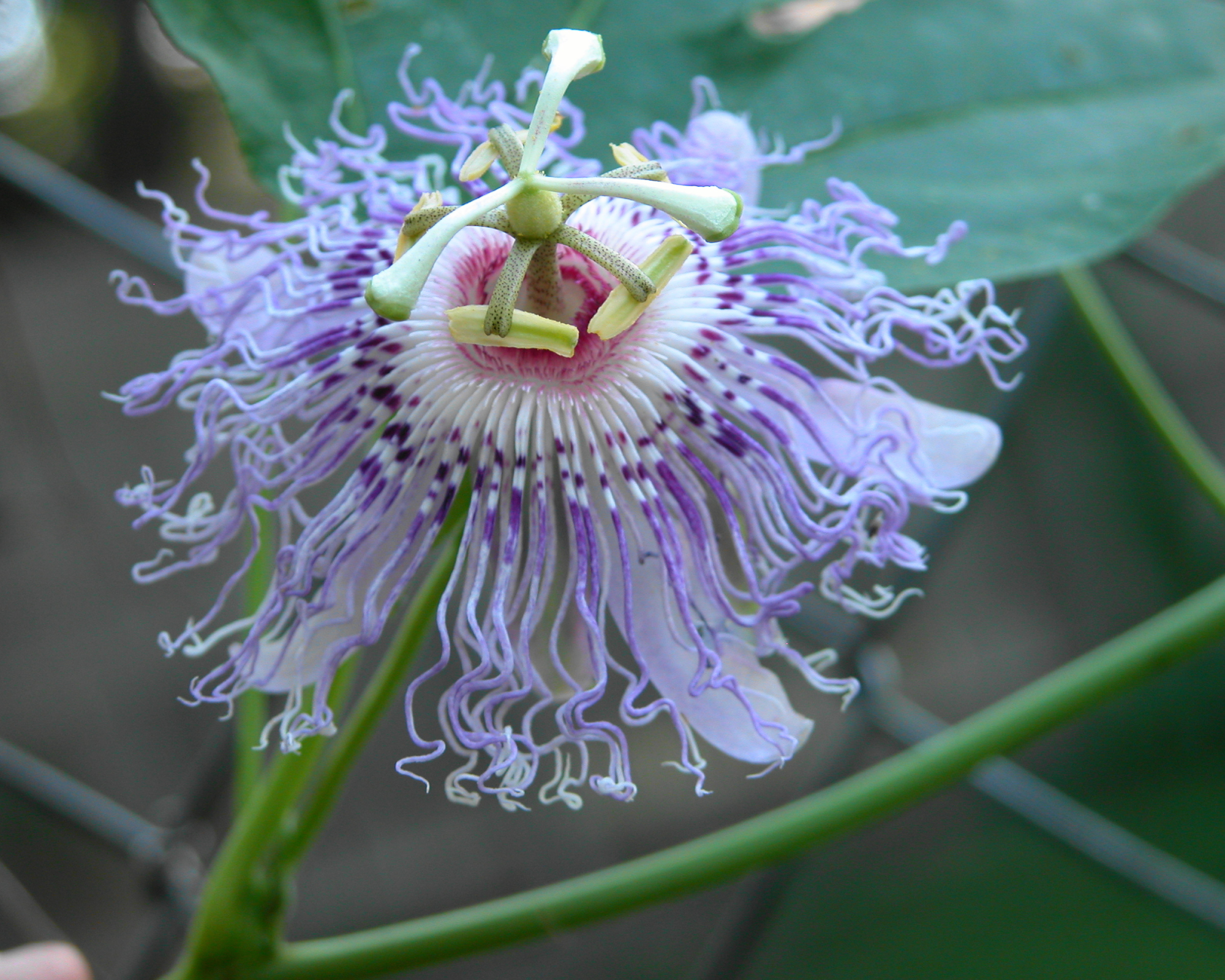
Passionflower vine (Passiflora spp.) is a host plant for fritillary butterflies, most notably the variegated fritillary, the Gulf fritillary, and zebra longwing. Not only that, but the fragrant, fringed flowers are very exotic and unusual as well as attractive to pollinators. Some varieties are hardier than others (P. incarnata is the hardiest), generally USDA zones 5-9, and it helps to plant it in a southerly location away from winter winds.
Passionflower vine grows quickly to cover its support and blooms off and on all summer. The seed pods are round and hang heavily on the three-lobed foliage. The fruit is edible but the leaves and stems are toxic to humans and animals.
If you leave the fruit, it will likely be devoured by wildlife, but leftovers will reseed. Passion vine also suckers underground, but unwanted sprouts pull up easily. Purchase a Maypop passionflower vine in the Gardening Know How Shop.
Avoiding the Thugs
After trying many climbing plants - annuals and perennials - I have discovered dependable, easy to grow types as well as some garden thugs. All vines need some maintenance, however, such as annual pruning, or you may end up with a heavy, twisted, overgrown eyesore.
1. Dutchman's Pipe
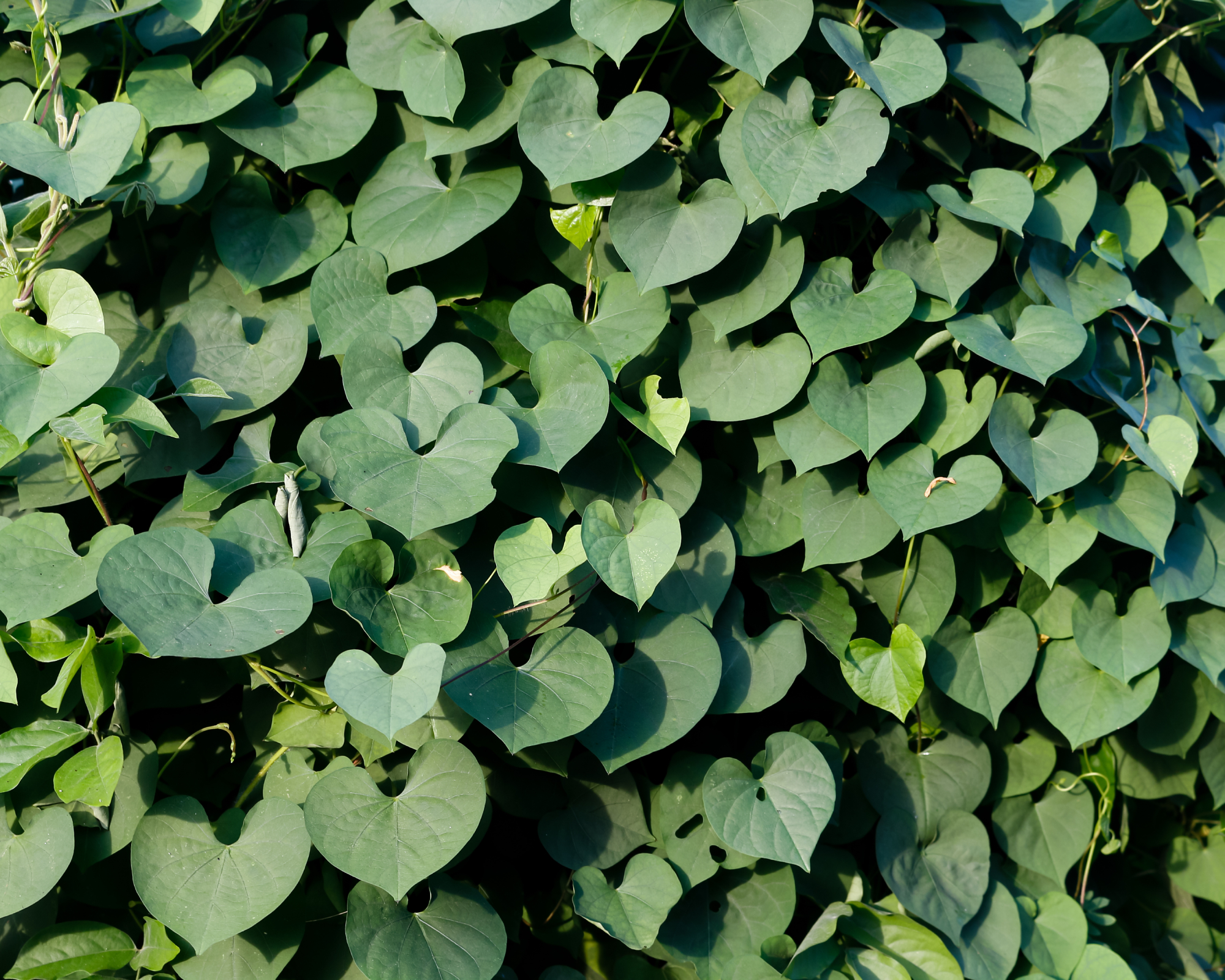
I make exceptions for bad behavior if the plant provides a superior service, such as food for butterfly caterpillars. Such is the case for Dutchman’s pipe (Aristolochia spp.).
They are notorious for suckering underground and reappearing wrapped around nearby plants. But I always include one in my yard so the pipevine swallowtails can lay her eggs.
I now grow these vines in a container or in an area of the yard where no other plants are nearby. If you can control its suckering, the heart-shaped, green leaves give good coverage for a fence or trellis.
2. Trumpet Vine
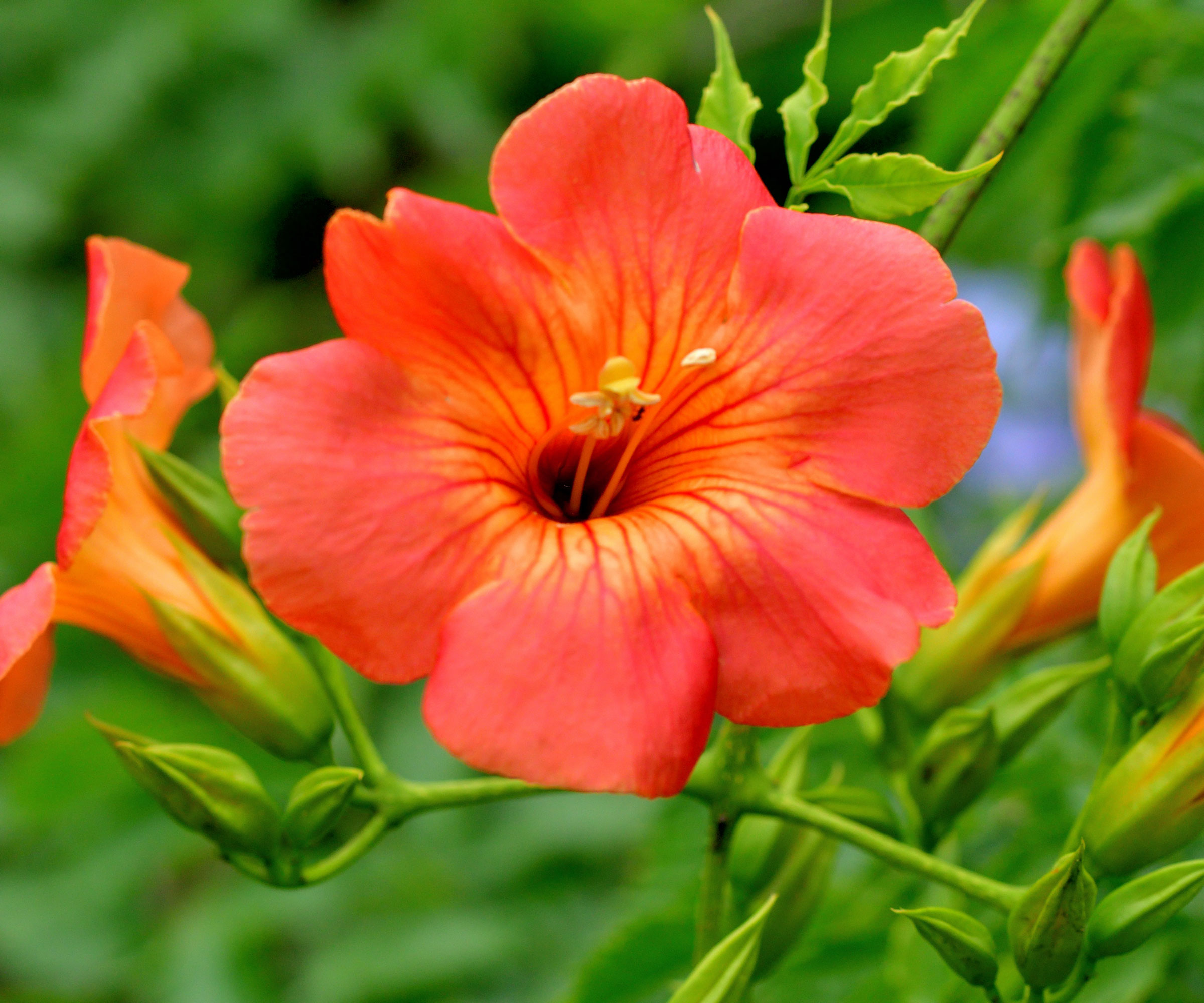
Trumpet vine (Campsis radicans) is another vine with the same problem suckering underground. When it reappears, it is hard to pull out and must be dug out.
If it can be contained to an area where it can be mowed around, it can work. Otherwise, leave it out. Trumpet honeysuckle is a much better choice.
3. Sweet Autumn Clematis
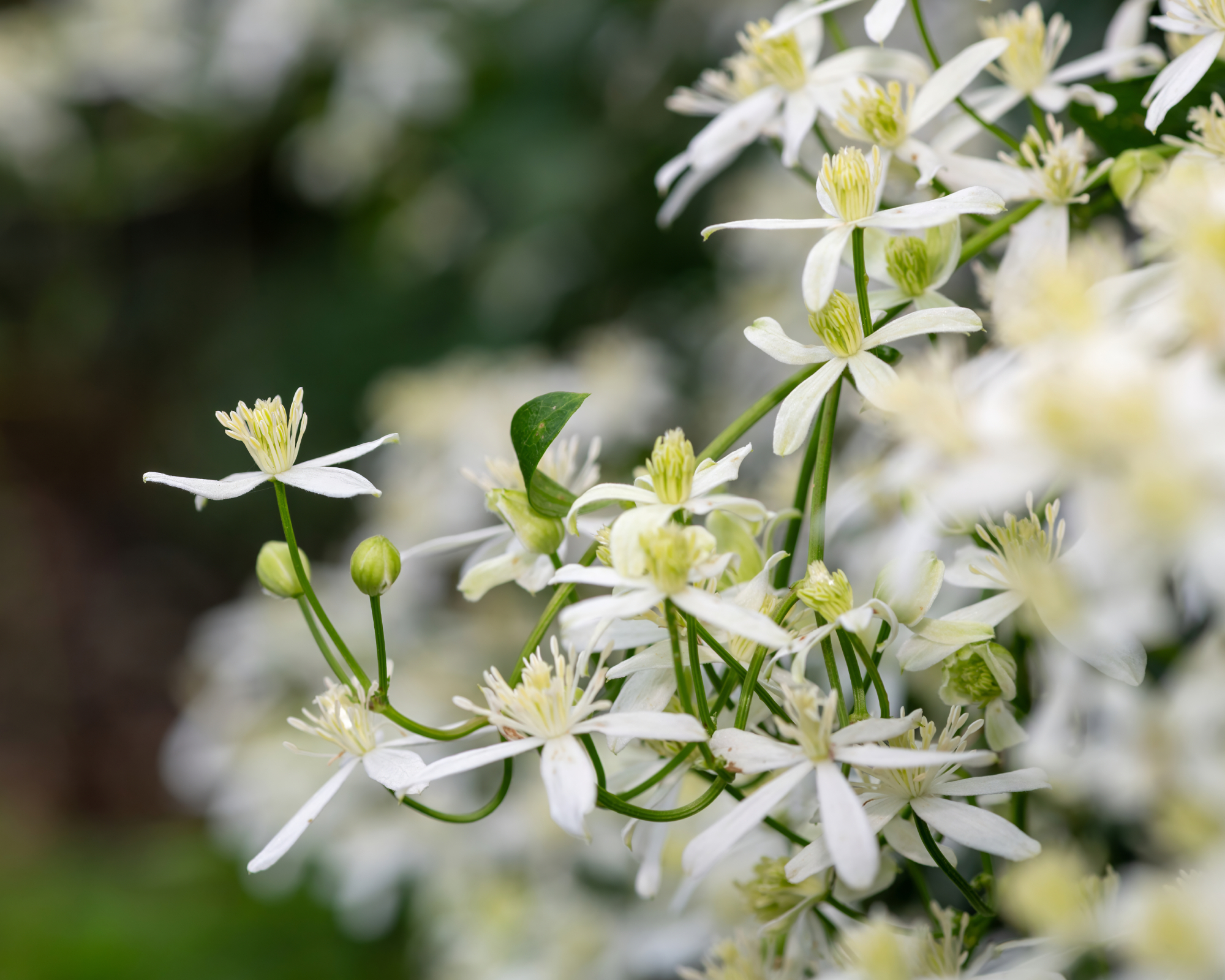
Another problem you need to watch out for is reseeding. Some vines put out an enormous amount of seeds, and while you may want the vine to reseed onto the trellis for next year, you probably don’t want it coming up all over the yard. I experienced this with the invasive vine Sweet Autumn Clematis (Clematis terniflora).
It reseeds and also reproduces by runners so it can become an aggressive grower. If allowed to reseed, you soon will have vines thickly covering all your shrubs and trees. It is on the invasive lists in several Eastern U.S. states.
Even the most aggressive vines can be managed with enough patience and determination, but my six favorite climbers are sure to please in most gardens. Try out some of these vines to add some beauty and delicate elegance to your landscape.

After graduating from Oklahoma State University with a degree in English, Susan pursued a career in communications. In addition, she wrote garden articles for magazines and authored a newspaper gardening column for many years. She contributed South-Central regional gardening columns for four years to Lowes.com. While living in Oklahoma, she served as a master gardener for 17 years.